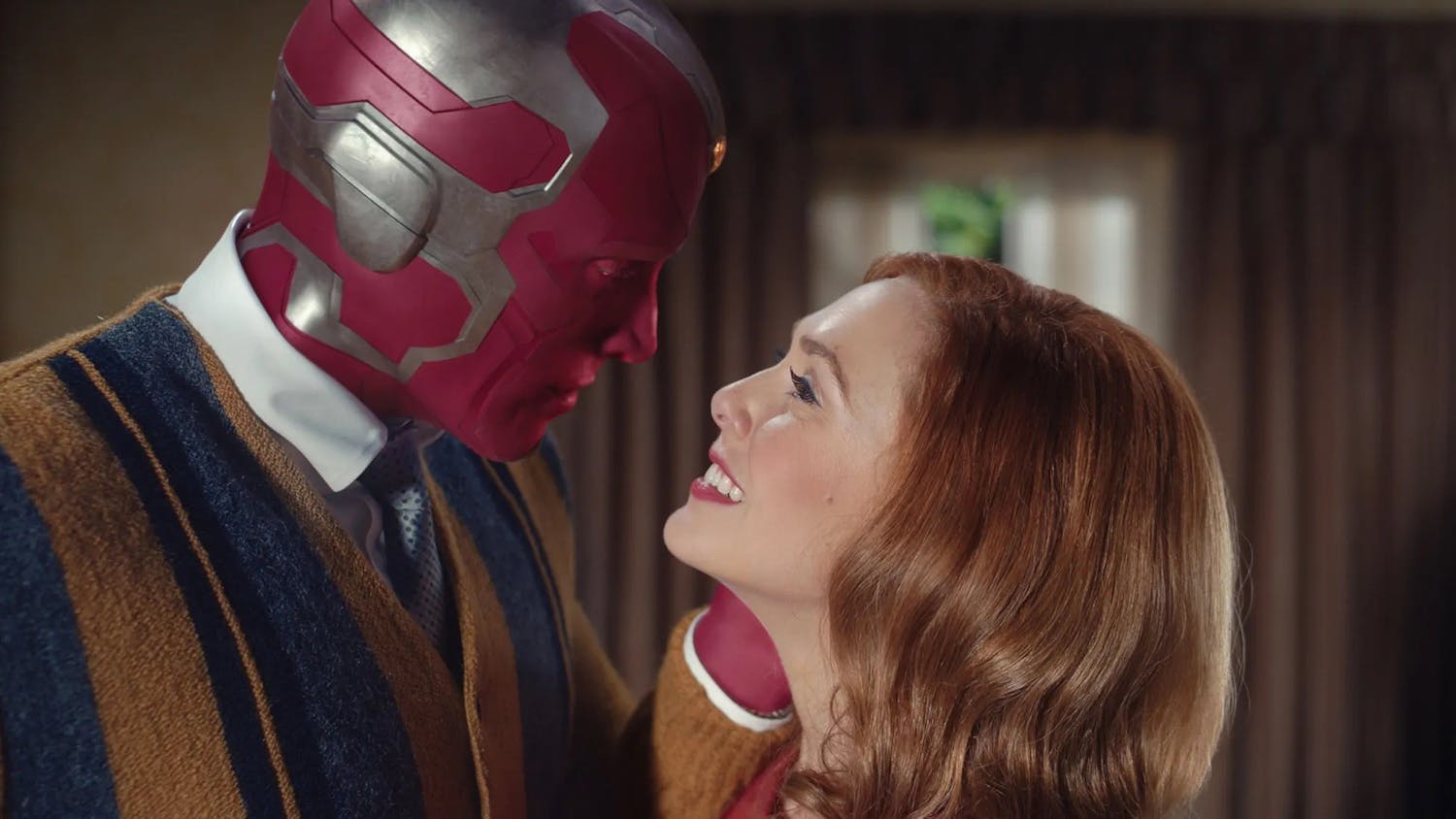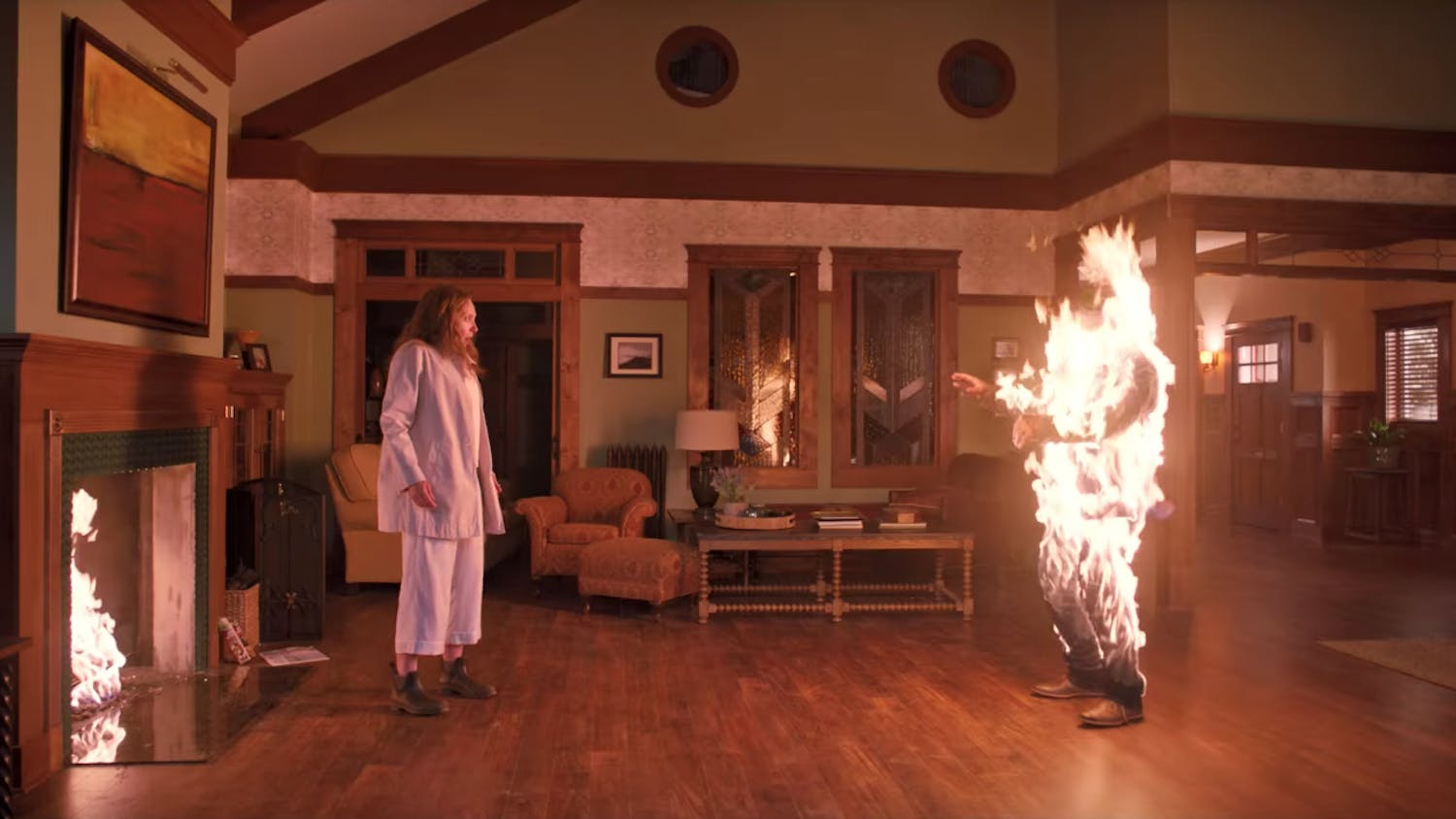Three months after its debut, what can one say about ""Black Swan"" that hasn't already been said?
For one, life mimics art. Natalie Portman is now dating Benjamin Millepied, a principal dancer in the New York City Ballet who portrayed Portman's dance partner in ""Black Swan"" and who choreographed the film's dances. It would seem Portman's own life is an alternate ending to the film, but that is beside the point.
Second, art mimics art. Director Darren Aronofsky makes obvious overtures to Roman Polanski throughout the film—in the opening scene, Portman's Nina Sayers dances with a devilish figure straight out of ""Rosemary's Baby.""
But the slasher-movie aspects detract from the true horror of the movie, found in the violence of the everyday. Aronofsky is a genius of this tactic, and he sharpens it with each effort. Wherein ""Requiem for a Dream"" laid its junkie gore out on the table, ""The Wrestler"" took more care to draw out the subtle, nagging pains coupled with a lifetime of physical stress. ""Black Swan"" represents a further step toward this deliciously cringe-worthy, yet totally relatable world of violence: a twisted ankle, a fingernail clipped too short, a splinter wedged painstakingly out.
This type of violence adds to the magical realism of the movie, whereas the more clichéd horror tricks—the power outage, the talking portraits—are too blunt to have any real effect. It's difficult to find your audience's soft spots when they are constantly peeking through their fingers.
The moral of the movie is heartbreaking enough, in the same way ""The Wrestler"" was—you perfect your craft, you torture your body to perform at its peak, you live and die for the pleasure of your audience. And, metaphysically, the movie theater audience is left to wonder, ""So what?""
The narcissism of art is tangible throughout the film. Nina's mother, herself a failed ballerina, paints portrait upon portrait of her daughter; Nina steals her predecessor Beth's diamond earrings; the ballet director's office and apartment are self-consciously decorated in stark black and white. Get it?
The symbolism in the movie is a bit ham-fisted. Mirrors are omnipresent—at home, at the ballet company, on the subway. Nina has a stuffed animal black swan in her otherwise virginal pink-and-white bedroom. Nina's rival dancer Lily (Mila Kunis) has a tattoo of black wings on her back, which Nina hallucinates as flapping during their now-infamous sex scene.
It sounds like I didn't like the movie—that's not true. I liked the movie, even loved it. That just makes it all the more frustrating to think about what the film could have been had it not been so calculated. It could have been perfect.






